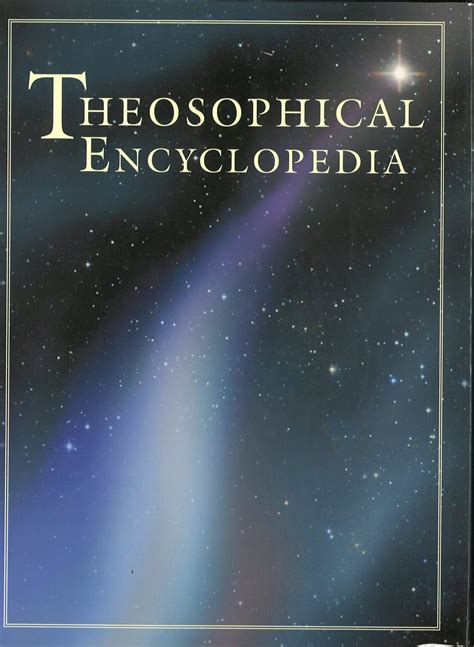Sanskrit stem word derived from the root skand, which in this case means, according to one source, “rise” (hence is used to refer to the upper part of the body). In Pāli, it is called khāndha. The Sanskrit term is commonly used to refer to a group (such as a division of an army or chapter of a book), but in Buddhist philosophy it refers to the five constituents of human nature, which in Pāli are rūpa (form, often translated “body”), vedanā (feeling), saññā (perception; Sk. Samjñā), samkāra (impressions, predispositions; Sk. samskāra), and viññāna (conditioned or ordinary consciousness; Sk. vijñāna). Since they are all, in Buddhism, transient and our normal tendency is to identify them as permanent, they lead ultimately to sorrow or insecurity (dukkha; Sk. duhkha). While rūpa is often interpreted to refer to the physical body, it is, in reality, the tendency of ordinary consciousness to identify itself with a form, whether one is incarnate or discarnate, hence all of the skāndhas (or khāndhas) are really psychological in nature. It is these psychological characteristics, constantly being modified during one’s incarnation, which cause one’s character in subsequent rebirths.
A useful definition is given in Geoffrey Barborka’s The Divine Plan, “Enlarging the philosophical meaning present in the Sanskrit word ‘Skandha’: within, or surrounding, every infant that is born there are potencies which arise when the proper conditions are furnished. The potencies are present due to causes which have been previously engendered. These causes, therefore, lead to the formation of attributes which eventually become manifest as traits or characteristics. These groups of attributes become joined together as the child grows, and in thus uniting become moulded into an individual’s character. Therefore skandha may be defined as the groups of attributes which unite at birth, and in their aggregation constitute the personality” (p. 416).
The five skāndhas of Buddhism have been outlined above, but the Ancient Wisdom suggests that there are actually seven, each relating to the seven Planes in Nature. The additional two pertain to the spiritual parts of the human constitution, Ātman and Buddhi. There is a significant reference to these “spiritual” skāndhas in The Mahātma Letters to A. P. Sinnett where the Master Koot Hoomi, after outlining the lower five as mentioned above, discusses the additional two, “We add to them two more, the nature and names of which you may learn hereafter. Suffice for the present to let you know that they are connected with, and productive of, Sakkāyaditthi, the ‘heresy or delusion of individuality’ and of Attavāda, ‘the doctrine of Self,’ both of which, (in the case of the fifth principle, the soul) lead to the māyā of heresy and belief in the efficacy of vain rites and ceremonies, in prayers and intercession” (p. 199).
An interesting view of the matter is found in the work, Five Years of Theosophy where Henry Olcott, in reply to the question “What is it that is reborn?”, states, “A new aggregation of Skandas, or individuality, caused by the last yearning of the dying person.” This resulted in a further question, “To what cause must we attribute the differences in the combination of the Five Skandas which makes every individual differ from every other individual?” To which Olcott replies, “To the Karma of the individual in the next preceding birth” (p. 6, fn.).
P.S.H.
© Copyright by the Theosophical Publishing House, Manila
 This Theosophical Encyclopedia contains all the articles of the printed Theosophical Encyclopedia published by the Theosophical Publishing House, Manila. In addition, new articles that are not in the printed version are continually being added. Many of the articles are also being updated.
This Theosophical Encyclopedia contains all the articles of the printed Theosophical Encyclopedia published by the Theosophical Publishing House, Manila. In addition, new articles that are not in the printed version are continually being added. Many of the articles are also being updated. This Theosophical Encyclopedia contains all the articles of the printed Theosophical Encyclopedia published by the Theosophical Publishing House, Manila. In addition, new articles that are not in the printed version are continually being added. Many of the articles are also being updated.
This Theosophical Encyclopedia contains all the articles of the printed Theosophical Encyclopedia published by the Theosophical Publishing House, Manila. In addition, new articles that are not in the printed version are continually being added. Many of the articles are also being updated.